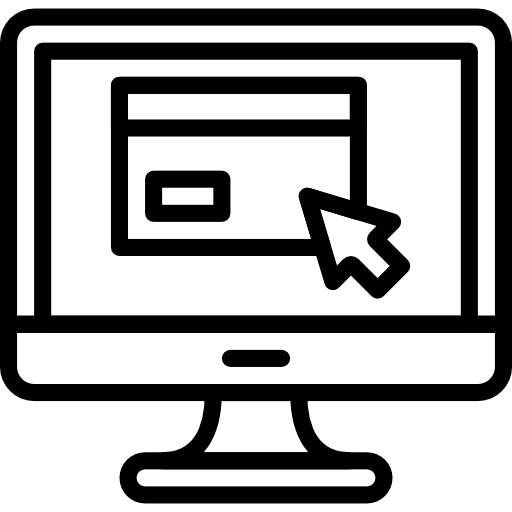Serving VA & The DC Area
- 8525 Rolling Road, Suite 200 Manassas, VA 20110
- (703) 552-4809

Q. What are the best aerobic exercises for my spine?
The experts at The Spine Care Center in Manassas agree that consistent walking is one of the best exercises for your spine. The motion will help ease swelling and reduce the presence of chemicals known to build up and cause pain. Swimming is another great, low-impact exercise for the spine. The buoyancy of water relieves stress from your spine and leg joints, allowing you to move freely.
Q. What exercises should I do to maintain a healthy lower back?
You should perform exercises that offset the most common causes of back pain. Some of these factors include weak abdominal muscles, poor posture, and deconditioning caused by a lack of exercise. Some of the best treatment options include:
Q. Are abdominal crunches the best way to stop low back pain?
Crunches can help strengthen your upper abdominal muscles, but many people who have chronic back pain already have strong upper abdominal muscles. While crunches may provide some relief, it’s more important to focus on strengthening your lower abdominals to prevent and relieve back pain. The loss of nerve function and muscles in the lower abdominals has been linked to chronic back pain.
Q. How important is good posture?
Good posture is one of the best defenses against spine disorders. In fact, having healthy posture can reduce your risk of sustaining a spine injury. Problems begin to occur when your spine is in unnatural and unhealthy positions. When the joints are in their neutral position, your body can function safely and more efficiently.
Q. When can I go back to work after a spine injury?
Physical therapy can be very effective in relieving your condition so that you can return to work safely. Occupational and physical therapists are trained in ergonomics and injury prevention, so they are well-equipped to treat your condition. Your physical therapist will use all of the information you provide and evaluate your progress before clearing you to return to work. The period of time will vary from patient to patient, and also with the type of work you do.
Q. Should I lock or support my feet when doing sit-ups?
Locking your feet underneath an object or having someone hold them can be unsafe because if your abdominal muscles are weak, then it causes your body to rely on your hip flexor muscles. If your hip flexor muscles overpower your abdominal muscles, you could hyperextend your lower back. It’s safer to perform crunches rather than sit-ups.

Q. How can I prevent problems after having spine surgery?
Following a spine surgery, you can potentially develop back pain again in the future. We will supply you with a therapy program that you can use at home to help fight pain and discomfort after your procedure. The use of ice, heat, and rest can also help alleviate your pain.
Q. My back hurts when I sit at a computer. Should I buy a new chair?
Your chair may not be to blame. Poor posture while you’re sitting can contribute to back pain. Having a comfortable chair that’s ergonomically designed can help improve your posture. You should also avoid slouching or hunching over as much as possible. Instead, keep your lower back pressed against the back of the chair and keep your feet planted on the ground to avoid putting pressure on your knees.
Q. Should I wear a support belt/brace when lifting at work?
Support belts have not been proven to prevent spine injuries for workers who lift heavy items throughout the day. You most likely do not need a support belt while you lift at work unless you have previously sustained a severe spine injury. In the latter case, you should refrain from lifting heavy items in general. You may be instructed to use a brace for a short period of time if you sustain a serious spine injury while working.

